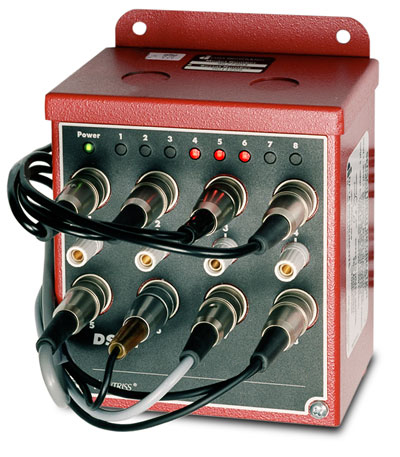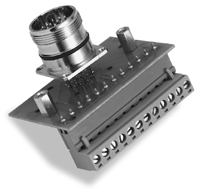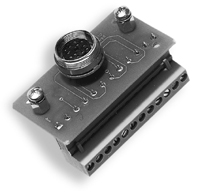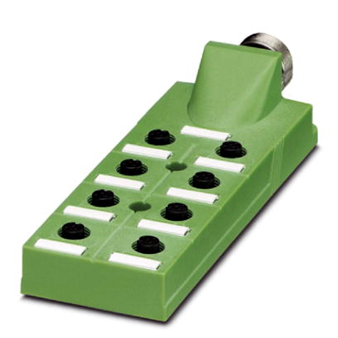100 Discovery Way, Unit 110, Acton, MA 01720 US.
Mon-Fri, 8:00 AM - 5:00 PM (GMT-5)
Die Wiring
Die wiring may seem like a simple matter, but poor wiring practices can ruin the sensor implementation on a single die, or an entire sensor program. By 'wiring' we're not talking about connecting the right wires to the right places (this is assumed), but rather the strategies, methods, and products used to connect the sensors on the dies to the die protection controller on the press or in the control cabinet.
More sensors need to be replaced because of damaged wires than any other reason
By far, the leading cause for sensor 'failure' is cable damage. If the only means of connecting the die-mounted sensor to the control is through a
press-mounted interface box, sensor cable damage is almost inevitable. Without a die mounted junction box, the length of cable necessary to connect
the sensors must be long enough to reach from the die to the press-mounted interface box. When the die is not in use, these sensor cables are
(often carelessly) coiled up, and hanging off on the die. Because of this, the cables are frequently damaged during handling and maintenance rather
than when the die is in use.

Press mounted interface box with connectors for sensors
When it's time to run the die again, the cables must be untangled and inspected for damage . If a damaged cable is discovered when it's time to run parts, the damaged sensor is usually turned off or disabled rather than replaced. This can lead to die crashes.
Die-mounted junction boxes are essential
The most important first step in protecting sensor cables is to use a die-mounted junction box in addition to the press-mounted interface box. The
sensors on the die are wired to the die mounted box, and a single cable is used to connect the die mounted junction box to the press-mounted interface box.
The cable has enough conductors so that it connects all of the sensors at once. This reduces setup time, and eliminates the possibility of
connecting a sensor to the wrong input. The cables should be considered a "maintenance part"; so you should keep spares on hand. If you
standardize and use the same cable and wiring scheme for every machine, you will minimize the number of spares you'll need to keep in stock.


Terminal strips with a connector can be used to make your own die mounted junction boxes
You can purchase a die mountable junction box, or make your own with an enclosure, terminal strip, and connector. Either way, be sure to select components/devices that can withstand the rigors of in-die use. If the sensors are installed in the die in such a way that they have to be removed when the die is serviced, you should consider using a die mounted junction box with connector for the individual sensors. This way, you will not have to disconnect and reconnect wires on a terminal strip each time the die undergoes maintenance.

Die-mountable junction box with individual sensor connectors
Die Wiring is the most often overlooked part of sensor installation
When a company embarks on a die protection sensor program, they will often convene a team of engineers, sensor specialists, die designers and toolmakers.
The team will usually spend a great deal of time researching sensors, bench testing, and locating and mounting the sensors in the dies.
After all of this is complete, only then does the call go out to the electrician, with the instructions: "Wire this thing up." This is unfortunate because
sometimes the hard work is just beginning.
It is essential that the wiring on the die be protected from accidental damage. The only way to accomplish this is to plan the wiring ahead of time. Waiting until the last minute to consider the wiring will cause the person doing the wiring to 'work around' the die design rather than work with it.
© Copyright 2021 Wintriss Controls Group LLC - All Rights Reserved